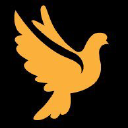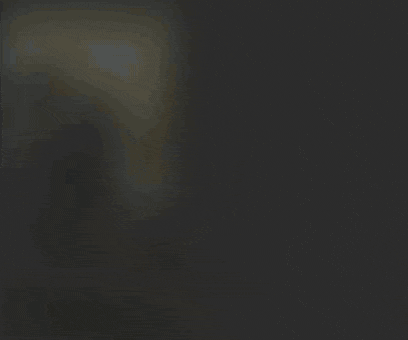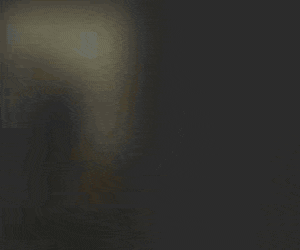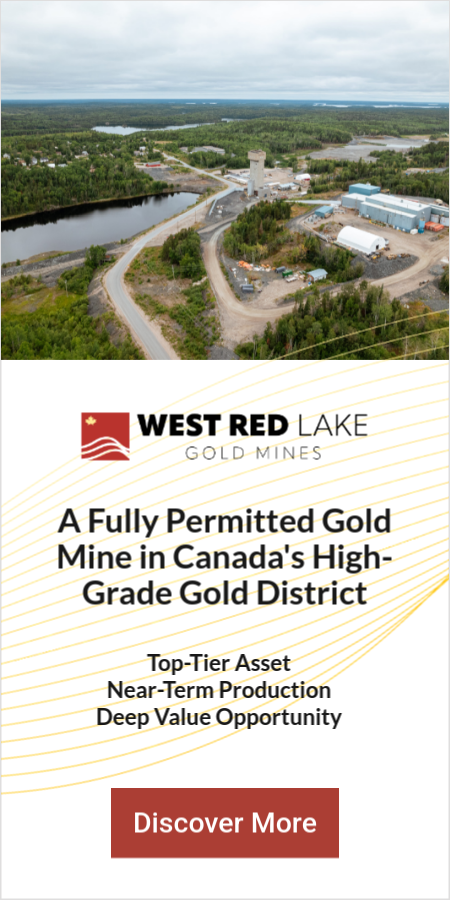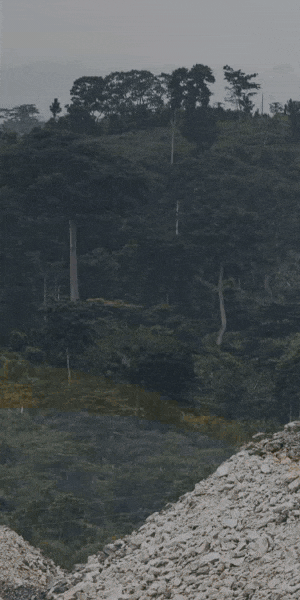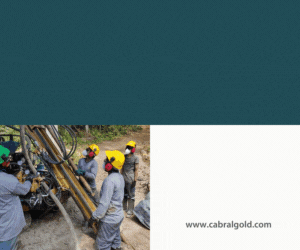African Gold Group (AGG) - Technical Analysis
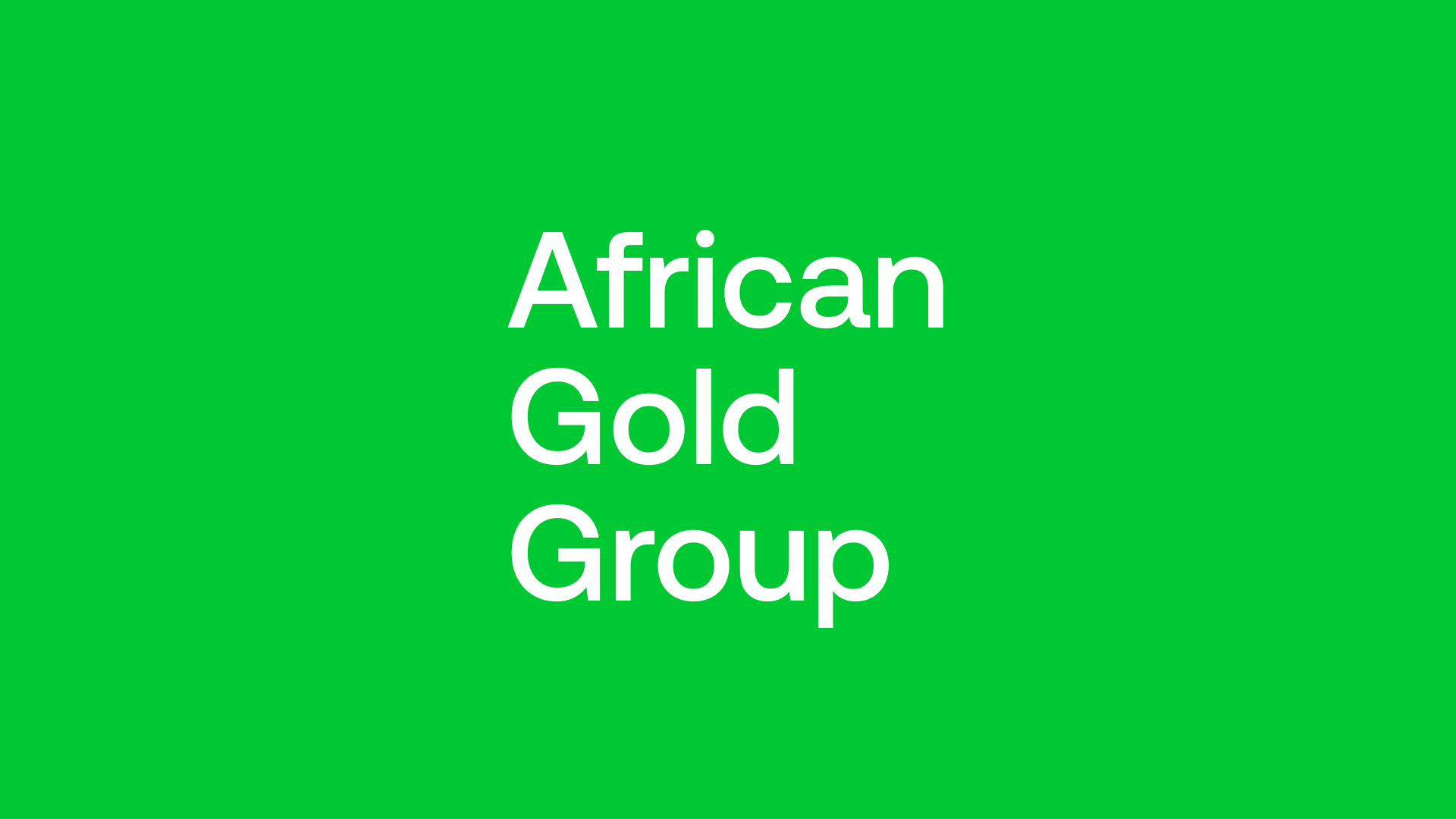
Interview with Danny Callow, President & CEO of African Gold Group (TSX-V:AGG), and Uwe Engelmann, Director of Exploration at Minxcon Exploration.
African Gold Group is a Canadian-listed exploration and development company with a focus on developing a gold platform in West Africa. The company is primarily focused on the development of the Kobada Gold Project in Southern Mali, a low capital and low operating cost gold project with the potential to produce more than 100,000 ounces of gold per annum.
Merlin Marr-Johnson caught up with Danny Callow, President and CEO, African Gold Group along with Uwe Engelmann, Consultant Geologist and Managing Director, Minxcon.
Danny Callow has over 25 years of experience building and operating mines within Africa. He previously served as the Head of African Copper Operations at Glencore PLC. He also served as the CEO at Katanga Mining Limited and Mopani Copper Mines PLC. A professional mining engineer, Danny holds an MBA from Henley Management College and a Bachelor (Hons.) of Mining Engineering degree from the Camborne School of Mines. He also holds a non-executive Director professional diploma from FT-London. Over the course of his career, Danny has overseen more than $2.5Bn in mining projects from conception to full production.
Company Overview
African Gold Group is an exploration and development company engaged in West Africa. The company's major assets include the exploration and mining licenses located in Mali, West Africa. The company was founded in 2004 and is headquartered in Canada. It is listed on the Toronto Stock Exchange (TSX-V: AGG).
African Gold Group has been working with Minxcon for 2.5 years on its Kobada Gold asset located in southwestern Mali. The company's Kobada asset had significant exploration carried out by the previous owner. However, this exploration did not have a strong focus on the technical aspects of the asset.
For the past 2 years, African Gold Group has worked on the technical side of the Kobada Gold Project, leading to updated resources and reserves along with an updated DFS (Definitive Feasibility Study). The company posted a strong resource reserve 2 months back.
The CapEx (Capital Expenditure) for the Kobada Gold project is estimated at $165M. Following the release of the Definitive Study and resource update, the company has received a positive response from the investor community. The company seeks to fund the project to move it into the construction phase.
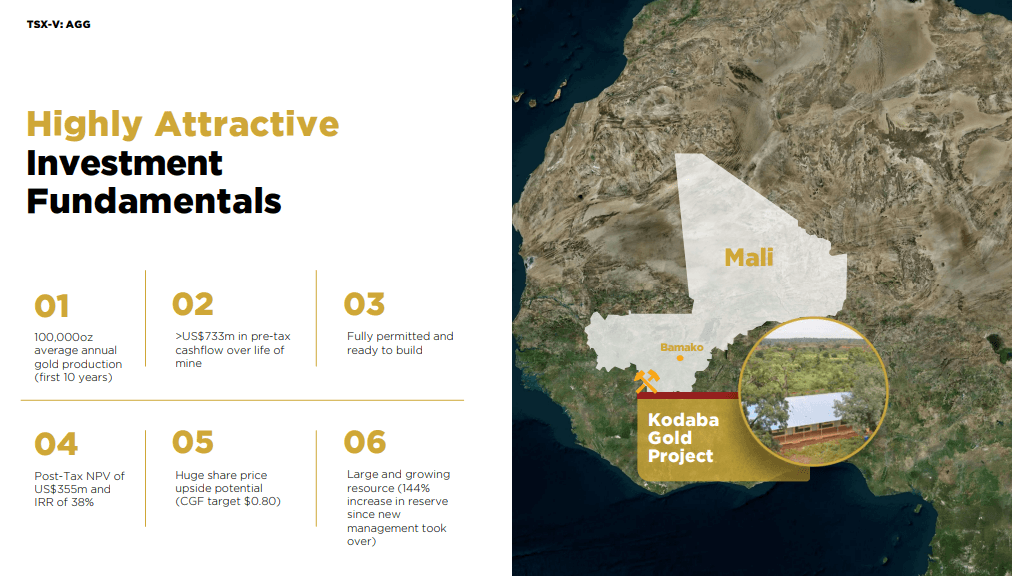
Cash Position
African Gold Group's current market cap is $28.15M. Due to a lower market cap, the company might face challenges when raising capital through equity holders. As an alternative, the company is looking towards a large-scale debt which would be significantly cheaper compared to its Mezzanine debt. The company anticipates that a combination of large banks and Mezzanine will cover the debt portion of its capital raise. The company seeks to top off this debt by way of an equity raise.
The company recently raised $5M in capital. The company expects to trade at $6/ounce on EV (Enterprise Value) to total resources. On an EV to total reserve, the company expects to trade at $10/ounce. Compared to its peers that are trading at $100-150/ounce at EV to total reserves, the company believes that it is undervalued.
Based on the company's MD&A (Management Discussion and Analysis), it has no liabilities and connections. Since late 2019, the company has worked towards divesting all liabilities and responsibilities with Forbes & Manhattan. This includes the removal of all historical Board members along with the cancellation of all consulting agreements with Forbes & Manhattan. The company also canceled all office service agreements. In March 2021, the company emerged with a clean balance sheet. However, the past association has skewed its market perception.
Forbes & Manhattan is a small shareholder in African Gold Group. The company also worked towards divesting the dominant Canadian and North American shareholder base towards global shareholders, bringing investors from Europe, London, and Australia on board.
The company had the backing of 8% institutional investors in July 2020 and it has been successful in growing the institutional base to 40%. The company's $11M fundraise in July 2020 was supported by all company shareholders. African Gold Group has received significant interest from Australia for its Kobada Gold Project. The shareholder base expanded through the inclusion of 2 Australian investors.

Feasibility Study Findings
African Gold Group's Feasibility Study (FS) outlined a 100,000oz per annum production capacity. The company was able to bring the project CapEx to $165M. This study features the 500,000oz sulphide reserves, which were excluded in the previous study as it focused solely on oxide reserves. The company brought the sulphide resources into M&I (Measured and Indicated) category by the inclusion of the existing pit shell and carrying out a comprehensive test program.
The current study demonstrates that the company has a flexible operation capable of treating both oxides and sulphides as a mixture. During the first 7 years of operation, the oxides are free dig and do not require any blasting, making recovery possible through a simple open-pit operation followed by crushing, milling, gravity along with CIL (carbon-in-leach) and furnaces.
By year 6 of operation, the company plans to bring an additional crushing and milling plant to process the sulphides. The study demonstrates that the mine can produce 100,000oz annually for 10 years with a 16-year mine life. This project has a massive exploration upside, and the company anticipates that it will be able to add ounces for the last 6 years without any complications. The company's capital costs per ounce of gold are close to the bottom of the cost curve.
African Gold Group has appointed SENET, a West Africa-based company that has delivered up to 12 similar plants in the past. The company is looking to have the plant ready within 19 months. This $165M plant will have an annual gold production capacity of 100,000oz.
The company plans to push the annual production capacity of the plant to 150,000oz over time. However, this could lead to a backlog in exploration to maintain production numbers and renew the resource for a continuous operation. To gain a better insight, the company is currently carrying out economies of scale studies.

Kobada's Underlying Geology
Right at the center of Kobada, the company has a 3.1Moz resource within the Birimian belt. This belt is located on the main shear and consists predominantly of meta-sediments featuring grey wacky siltstone and mudstones. This region sits at the border of the Siguiri basin and the Yanfolila granite Greenstone belt and features limited intercalated volcanic sediments.
This asset is a standard orogenic mesothermal gold deposit. The deposit sits on a Dextral shear that consists of shear structures and features. Back in 2019 when the geological model was being built, the company collated the historical data to gain an insight into the underlying structure. The company faced challenges in orienting the core present within the saprolite. This region is where the bulk of the deposit is situated.
Through collaboration with Dr. Andy Rompel, a structural geologist, the company developed a conceptual model highlighting the presence of a Dextral Riedel shear with synthetic and antithetic shears featuring a wide lower-grade ore body in relation with higher shears.
The synthetic and antithetic zones feature higher-grade quartz-carbonate veins which are made up of a combination of veins, veinlets, and multiple veinlets. The shears effectively run parallel to the main Kobada shear.
The Kobada project's wide ore body has low stripping ratios. This enables the company to recover higher grades through a mix of mining methods while stockpiling the low-grade material. The ore body is free dig at a depth of 160-180m. The majority of the ore body features actual fractures with a higher network of veins coming through the ore bodies. The company has found the presence of veins within the shear zone in all directions.
An aerial survey shows the presence of both laterite and saprolite deposits with mineralization. The asset features 3 concessions, Kobada, north Faraba, and Kobada east. The Kobada shear features an open pit with a 4km strike length at the current resource. The upside for this deposit is the 50-55km potential shear that leads up to the current resource.
So far, the Gosso area is the only one that has been drilled, leading to 21 holes. The company found the presence of similar grades and geological features along with veins and stockwork present in the Kobada shear. It features mineralization with a 750m strike length. The company has only delineated 750m of the expected 10km strike length. The company plans to carry out additional drill operations at this site and step out to convert the resource into indicated. The shear zone's overall mineralization is thinner but features similar grades to Kobada. This region wasn't included in the current resource.
.jpeg)
Drill Operations
Since 2019, African Gold Group has focused on defining an economically-viable resource along with reserves. The majority of the drilling has been focused on a 4km area leading to a 1.25Moz reserve and a 3.1Moz resource. The company has carried out step-out drilling to test the continuity of the Gosso shear. The company found continuity through the shear zones from the historical artisanal mining.
As artisanal mining is done at a depth of 10-15m, the overall dilution has minimal impact on the overall resource. This provided strong indications for locating drill targets. The 20,000m drilling carried out by the company has led to a hit on every single drill hole. This was possible through understanding the regional geology which led to the discovery of the shear zone pathways.
As per the drill findings, the 250 square kilometer area features 55km of shear zones. The company has drilled 4-5km of the shear zones so far to develop a resource. Additionally, the company has prodded holes across 20-30km strike length to demonstrate the presence of gold. The company plans to test out the shear zones which could lead to an increased annual production capacity in the near future.
The Kobada East Deposit
The Kobada East deposit features artisanal mining and has geology similar to the Gosso and Kobada regions. It features a combination of a 1.5-2m vein. The waste material generated from this deposit features a carrying grade which is ideal for stockpiling and mining mix.

Recovery Techniques
Since 2019, African Gold Group has carried out multiple studies to find the ideal recovery process for the gold. The company collected representative samples across the ore body and from the core. As the gold is finely disseminated, the heap leach process was cost-intensive and led to low recoveries.
The company tested the gravity recovery method which led to a 28% gold recovery. Through multiple tests, the company found a combination of gravity and CIL to be the ideal recovery method as it was able to capture up to 95% gold.
AISC Metrics
African Gold Groups' forecasted AISC (All-in Sustaining Costs) was $1,200/oz. This cost factored in the overall price jumps in input costs, plant operation, global commodity prices. However, the company has made recalculations based on updated 2021 prices and anticipates that over time, it can achieve an AISC of $972. This can be achieved through efficient plant building and operation.

Plans 2021 and Beyond
African Gold Groups' 2 exploration concessions in the north and south were renewed in August 2021. The company now has 3 years to plan and carry out operations on these concessions. The company has obligations from the Mali government to invest money into these deposits to keep them active. Following the delineation of the shear zones, the company plans to carry out drill operations.
The company is also considering drilling the inferred resource present in the existing pitch shell, converting it into M&I. This will enable the company to grow the current reserve from 1.25M to 1.35M with efficient use of capital.

The company now has a strong understanding of structural geology along with a robust technical base. It plans to run scenarios for bigger and smaller plants to further optimize the economics of the operations. To attain this, the company will carry out additional studies with its engineering partners over the coming 6 months.
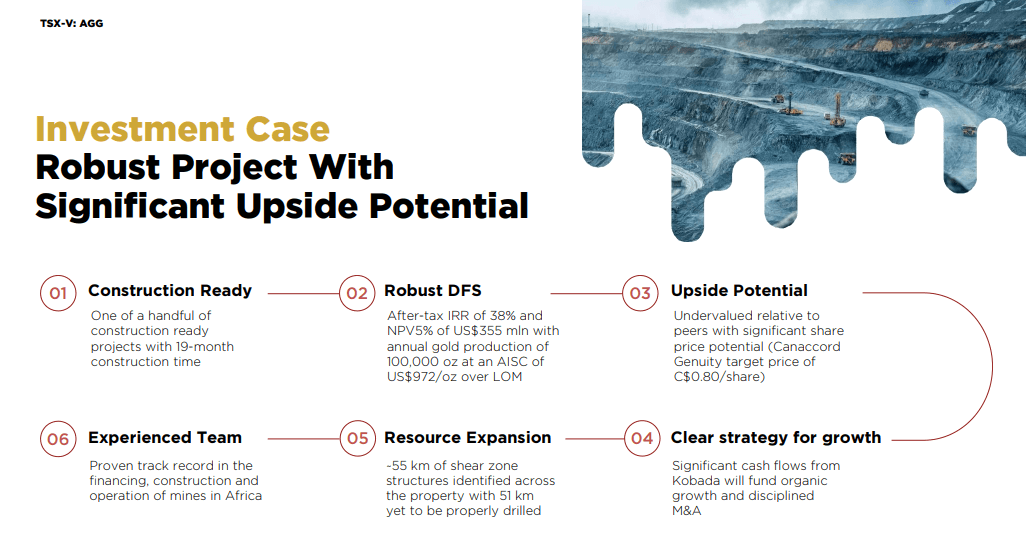
To find out more, go to the African Gold Group Website
Analyst's Notes




Subscribe to Our Channel
Stay Informed










